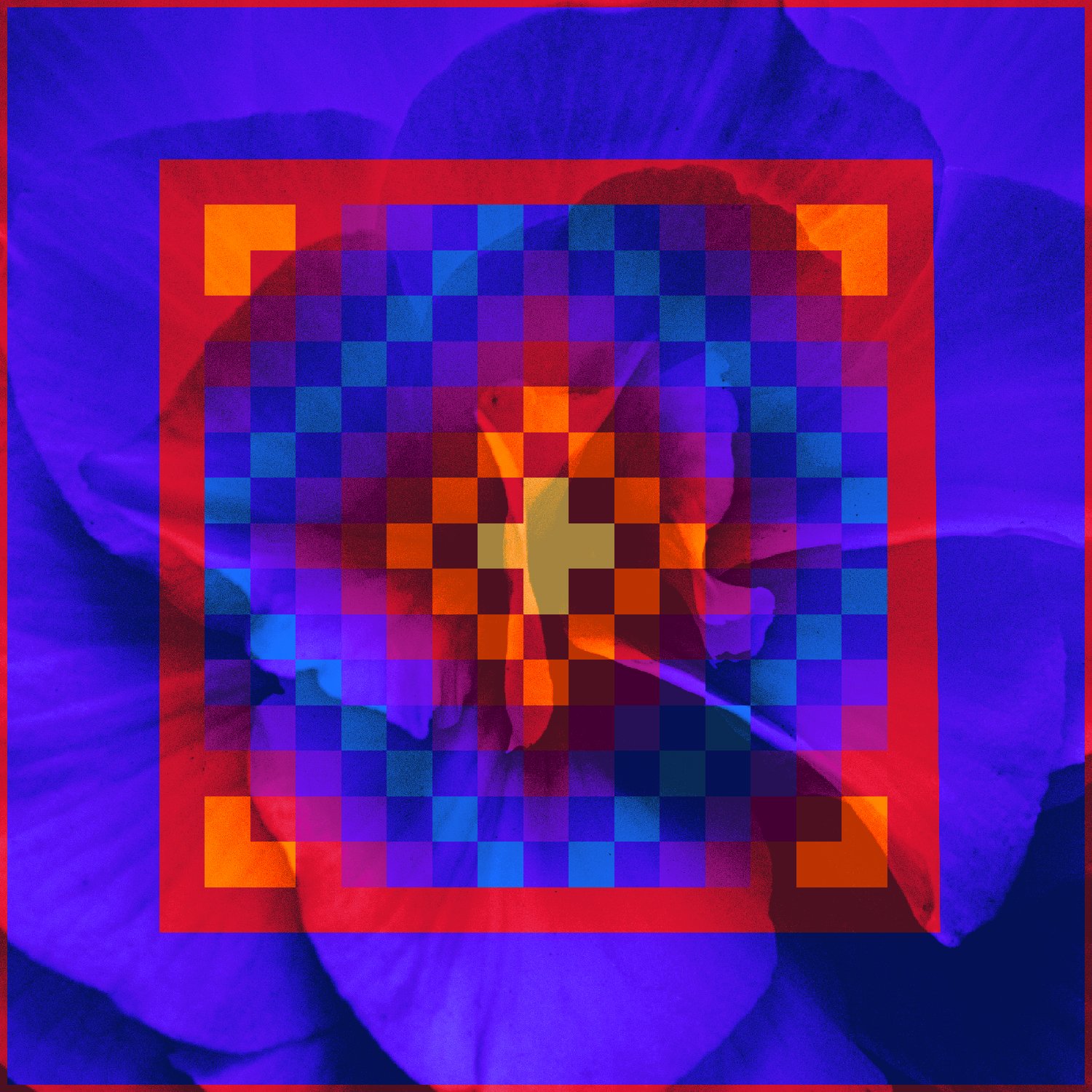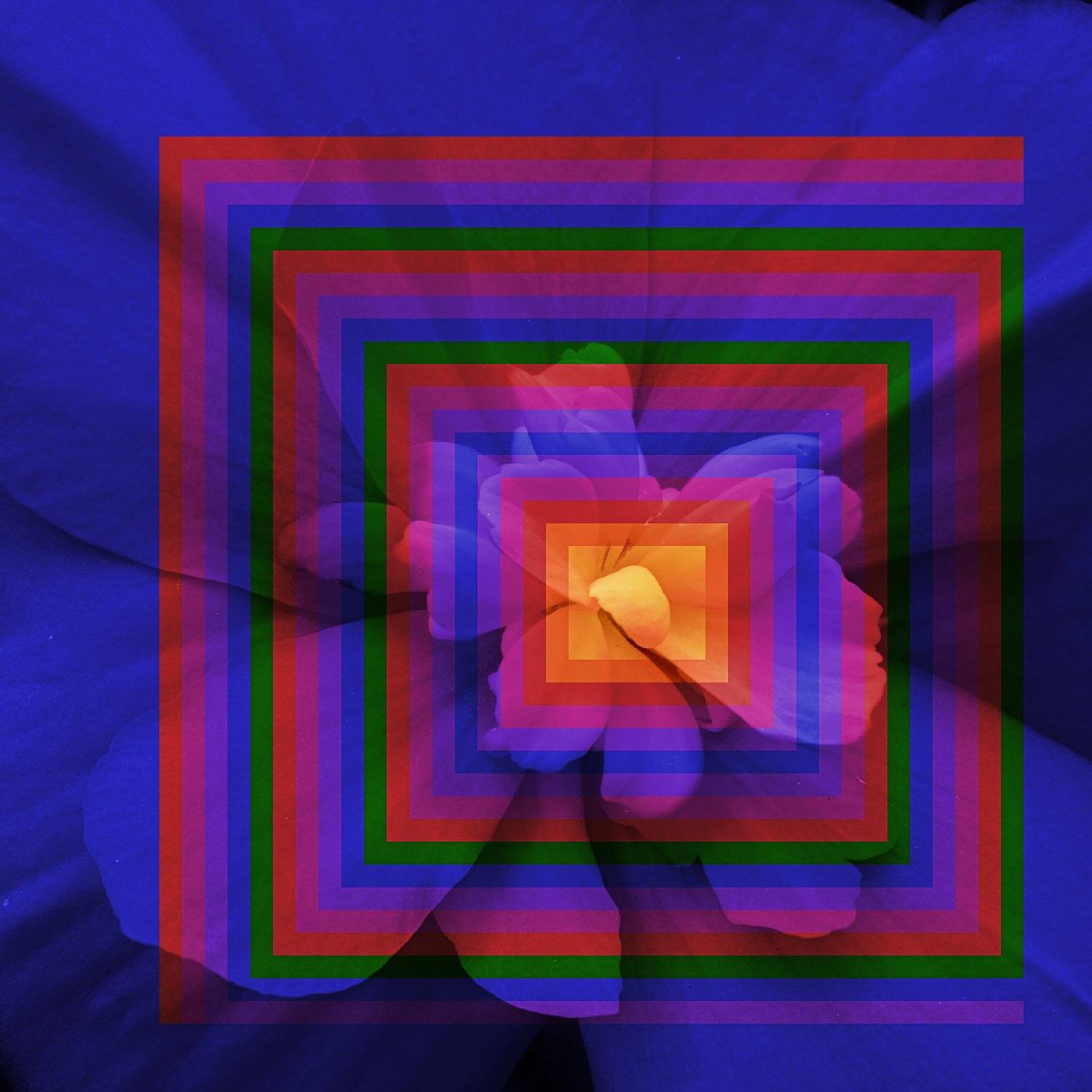Quilts
The vibrant colors and often complex patterns of the quilts made by the African women in Gee’s Bend, Alabama and the Amish women in Pennsylvania, Ohio and Indiana, transform traditional craft into art. Carefully stitching small pieces of fabric, sometimes just scraps from worn clothing, they create quilts that are as beautiful as they are practical. I found the geometrical patterns and intense colors of these quilts intriguing and inspiring. Could I capture their beauty in photographic form?
I saw the groundbreaking show of Gee’s Bend Quilts, at the Whitney Museum 20 years ago and bought the book from the exhibition. I began to study the unique patchwork quilt patterns in their many variations to understand how I might recreate the compositions using my own “scraps” of photographs. Experimenting with the Gee’s Bend quilts led me to consider the traditional quilts of the Amish. Unlike the Gee’s Bend quilts, each one of which is unique and original, The Amish patterns, passed down from generation to generation, are not intended to break from tradition, but to create the finest examples of it.
Amish quilt patterns have specific names such as Sunshine and Shadow or Tumbling Blocks, abstract geometric shapes created by piecing bits of colored fabric together and intricate stitching often in the form of feathers or floral designs. As the quilters discover ways to make their art distinctively their own, I explored composition, design and color. My quilts are photographic composites starting with my interpretation of an Amish pattern. I chose macro photographs of flowers using their vibrant colors for “fabric” and the texture created by light and shadow to represent “stitching”. And, in some way, using a flower pays homage to the generations of quiltmakers who have preserved and evolved this once humble craft into museum quality artforms.






























